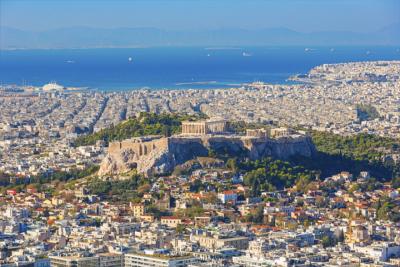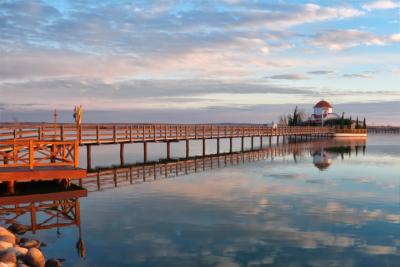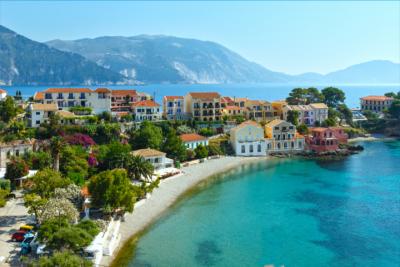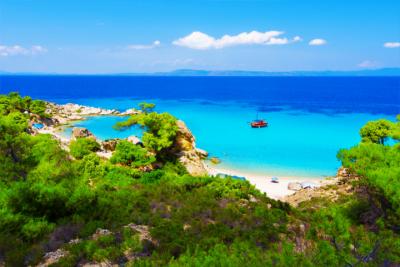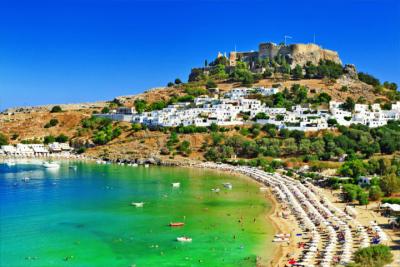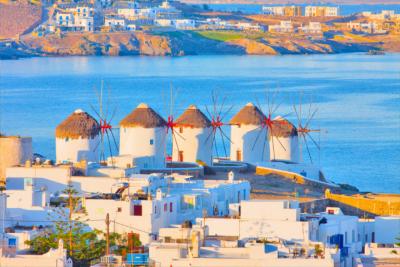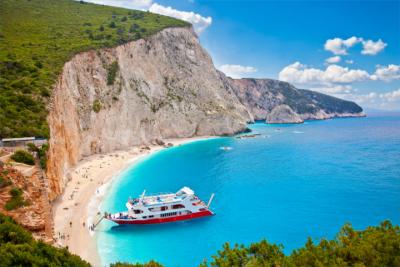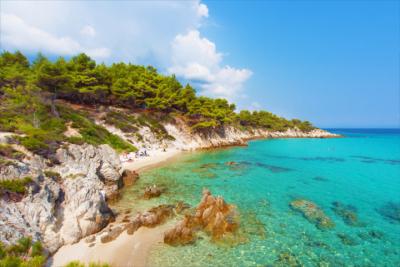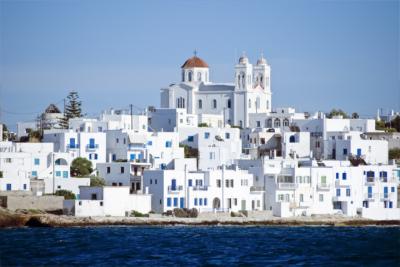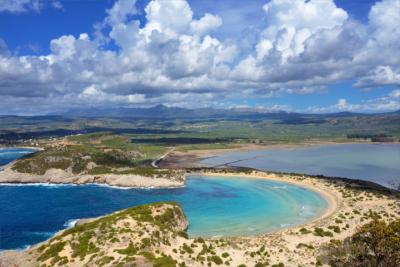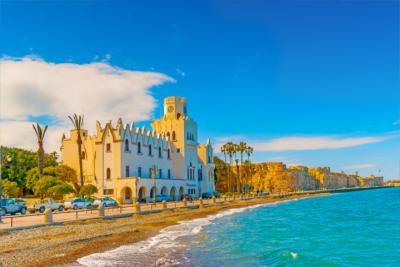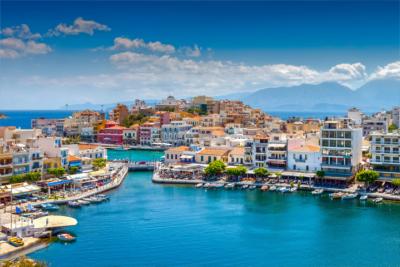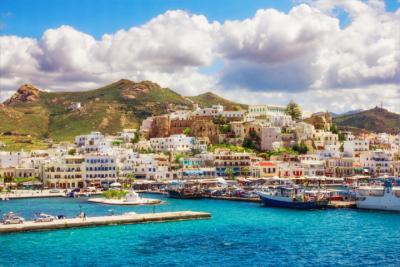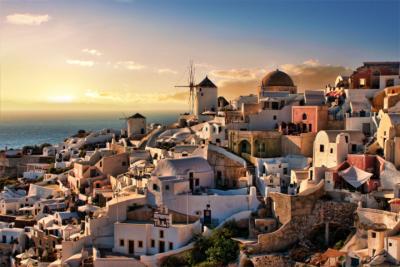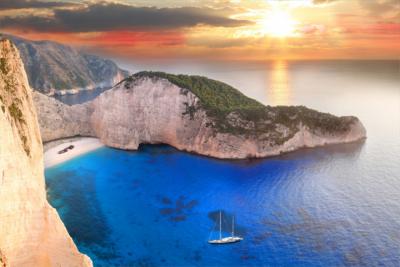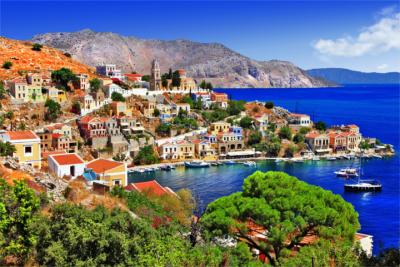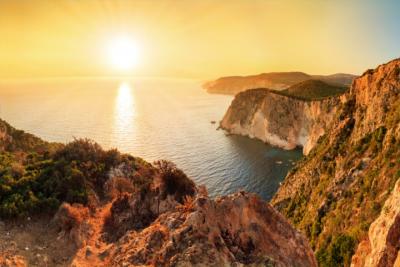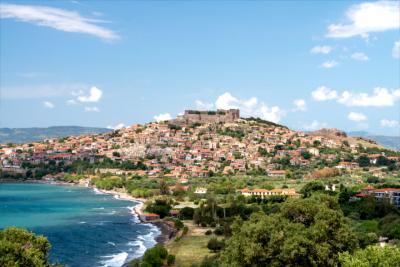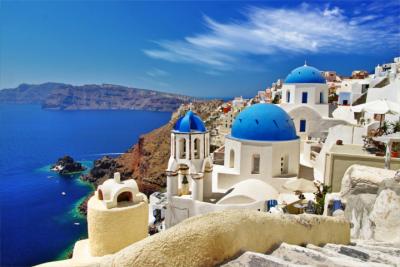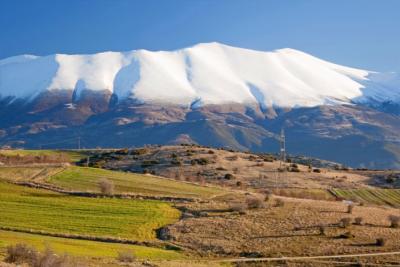Travel Offers
Travelmyne Featureprint
Distance
Thrace - A Place Full of Unforseen Richness
The region of Thrace is not well-known among holidaymakers yet. That is surprising as it is one of the oldest cultural landscapes in Europe and is rich in both natural beauty and cultural heritage. Thrace is a real treasure which is waiting to be discovered.
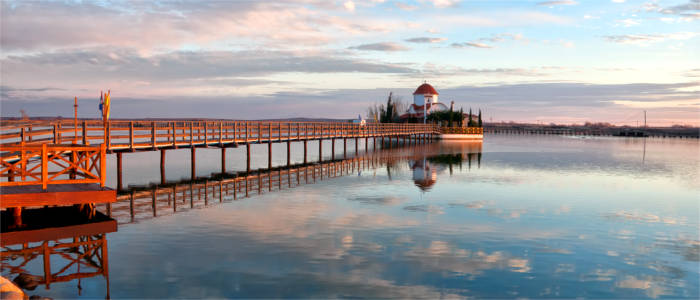
Geography - The untouched home of the ancient Thracians
Thrace, also called Greek or Western Thrace, is a geographical region in the north of Greece. It takes up the western part of the historical landscape of Thrace. It borders on Bulgaria in the north, the Greek region of Macedonia in the west, Turkey in the east and the Aegean Sea in the south. The region is divided into the three administrative areas of Xanthi, Rodopi and Evros with the island of Samothrace. It has an area of 8,578 km² and a population of 368,993 people. The biggest cities are Alexandroupolis, Komotini and Xanthi. While the climate in the region's south, at the Aegean Sea, is mostly Mediterranean, it is continental in the Rodopi Mountains. The difference in temperature between the seasons is considerably greater than in other regions on the Greek mainland.
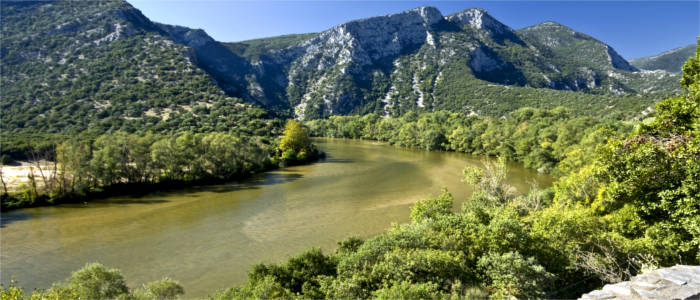
Nature - A paradise for bird lovers
Thrace's landscapes offers everything from the Rodopi mountains on the mainland to the Saos mountains on the island of Samothrace. Other impressive natural sights are the rivers Evros, Nestos and Arda, the lakes Vistonida and Ismarida as well as the Evros River Delta, which is an internationally significant wetland area. In addition, there are fertile valleys, lush forests and endless white sandy beaches. Lake Vistonida and the Evros River Delta are particularly popular with ornithologists and birdwatchers. You can see different heron species such as the Eurasian bittern, flamingos and pygmy cormorants here. The Evros River Delta is also home to about 46 fish, 7 amphibian and 21 reptile species as well as over 40 different mammals. At higher altitudes in the mountains, travellers find oaks, cedars and chestnut tress, while the low plains are covered in shrubs. On Samothrace, the wind spreads the smell of thyme, oregano and other herbs.
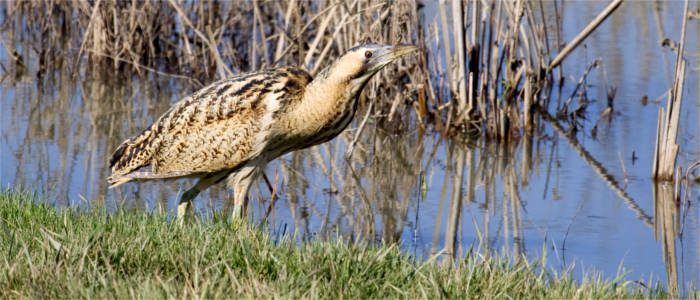
Culture - The undiscovered land and its great cultural treasure
Thrace has not been well developed for tourists yet and is therefore a real insider tip as well as the perfect destination for individual travellers. The region is part of one of the oldest cultural landscapes in Europe and has a very long and chequered history. This is apparent from the countless historical sites, most of which have not been studied and are not very well known yet. Particularly worthwhile archaeological sites include the ancient Greek, Byzantine, medieval and Ottoman monuments. They have all contributed to Thrace's rich cultural heritage and made a peaceful coexistence of Christians and Muslims possible. Such sights are the village of Maroneia with the ancient theatre, the sanctuary of Dionysus and the village's Archaeological collection. In addition, the region accommodates the Cave of the Cyclops (also called "Maroneia Cave") , impressive caves with magnificent stalagmites and stalactites, which are associated with the Cyclops Polyphemus, according to a local legend. Some highlights on the island of Samothrace are the Samothrace temple complex and Mount Saos (also called "Fengari", which means "moon"), the highest mountain in the Aegean. According to legend, the sea god Poseidon watched the Trojan War from its peak. The city of Xanthi offers a variety of interesting museums such as the Archaeological Museum and the Folklore and Historical Museum. Xanthi's old town is often referred to as an open-air museum. Worth mentioning is also the Tobacco Museum, which demonstrates the historical significance of the cultivation, processing and distribution of tobacco in the past and in modern times. The most impressive attraction in Alexandroupolis is the Ethnological Museum of Thrace, which shows the region's rich cultural heritage.

Experience - Unique delicacies and the smell of tobacco
Thrace has special culinary surprises in store. The cuisine of the region of Xanthi is particularly unique as it is influenced by Anatolia. The region is especially known for sweets like karioka (sweet rice balls), saragli (rolled baklava) and nougkas (nougat). Extraordinary delicacies are the dishes pastourma (cured camel meat), kavourma (local salami), sarma (lamb giblets with rice and spices), youfkades (a kind of pasta), chilopites (also a kind of pasta) and kebab. In the coastal region, eating freshly caught fish and seafood is most common. The region of Xanthi is very famous for its numerous tobacco fields and warehouses. The plantations were built by construction workers from Epirus and Macedonia in 1912 and play an important role to the present day. Since 1991, the Old Town Festival has been taking place in this region at the beginning of autumn every year. During the festival, you can see concerts of famous national and local artists, theatrical performances, art and photography exhibitions as well as book fairs and many other events.
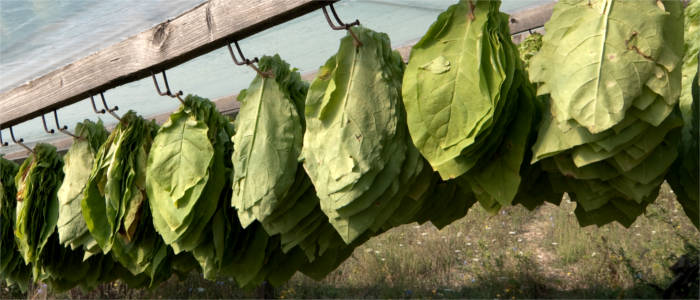
Activities - No room for boredom
Active holidaymakers definitely get their money's worth in Thrace. The rivers invite travellers to go canoeing and kayaking, while the mountains offer excellent conditions for going hiking, trekking, climbing, mountaineering and paragliding. Visitors can go diving in the sea or go mountain biking and horseback riding in the vast plains. Holidaymakers who want to relax can visit one of the wonderful beaches, for example Agia Paraskevi, Makri and Dikella Beach. The most popular natural sight on Samothrace are the island's waterfalls, which attract a modern generation of hippies.
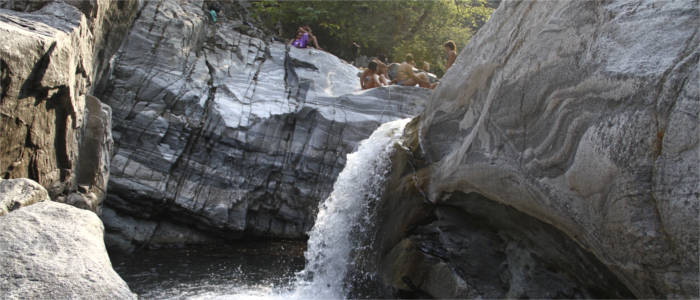
Information
Travellers best reach Thrace by plane via the airport in Alexandroupolis (AXD) or the airport in Thessaloniki (SKG). Arriving by car is also possible but it takes considerably longer and is therefore only recommended to holidaymakers who have a lot of time.
Thrace offers travellers an attractive holiday experience with fascinating museums and archaeological cultural sites, beautiful cities, a breathtaking nature and a wide range of sporting and leisure activities.

